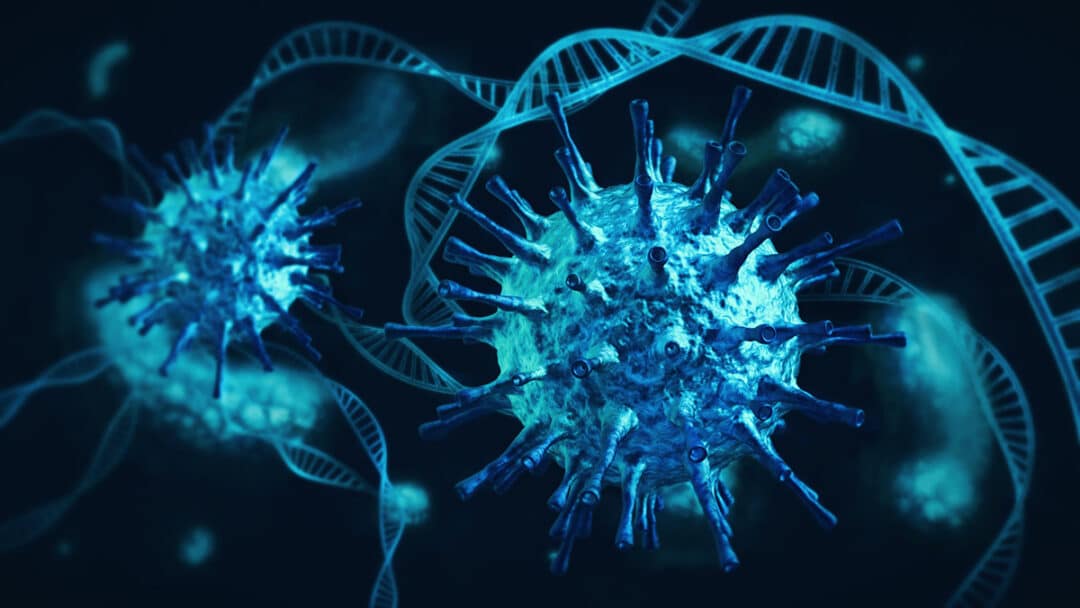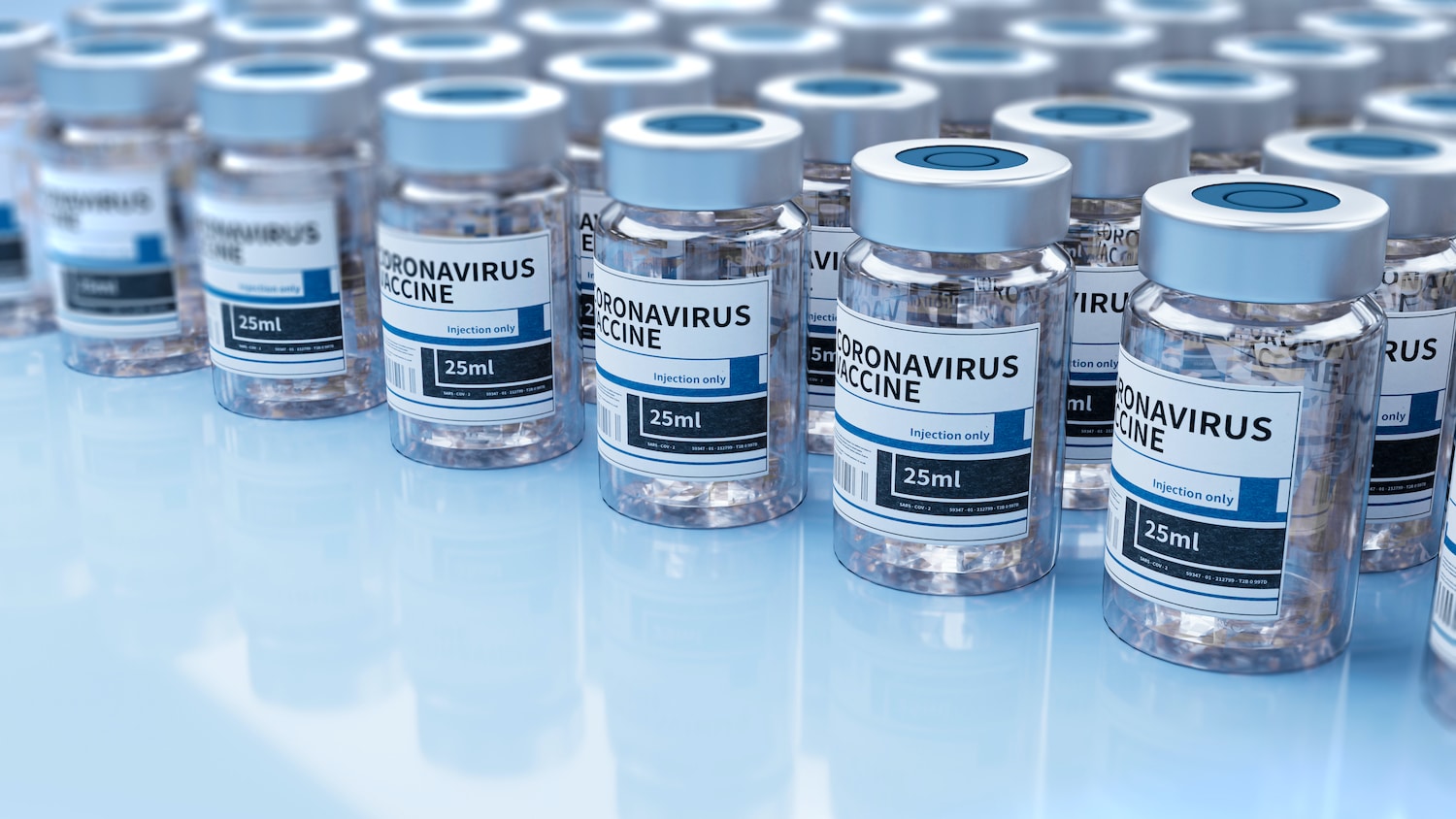
 Back to the Future: Three Otolaryngologists Warned Us that Current COVID-19 Vaccines Wouldn’t Stop Viral Transmission
Back to the Future: Three Otolaryngologists Warned Us that Current COVID-19 Vaccines Wouldn’t Stop Viral Transmission
Even though systemic, respiratory vaccines typically provide limited protection against viral replication and airway-based shedding, this is the anchor of the developed world’s COVID-19 mass vaccination scheme to eradicate the pathogen strategy with countless billions spent to date. TrialSite has tracked some scientists who articulate the importance of and need for mucosal vaccination strategies, but few in organized medicine listened. While the most advanced, well-capitalized healthcare systems of the world developed a unifying response to SARS-CoV-2 based on an mRNA-based IgG response to prevent SARS-CoV-2 replication, data early on, according to some critics, revealed challenges associated with the current approach. For example, nasal swab analysis post adenovirus and mRNA-based COVID-19 vaccine administration turned up persistent evidence for a lingering SARS-CoV-2 pathogen according to three ear, nose, and throat specialists from Johns Hopkins University and Harvard Medical School. This implies that although the current vaccines may reduce severe illness and even inhibit some viral transmission, it by no means eliminates all transmission. This isn’t a new finding, as this argument was put forth by Drs. Benjamin S. Bleier, Murugappan Ramanathan, and Andrew Lane, but it’s worth a revisit to understand better why the scientific and healthcare powers-that-be probably understood there would be viral transmission even after mass vaccination using state-of-the-art systemic mRNA COVID-19 vaccines.
The three authors have significant otolaryngological expertise and are currently employed as professors and provider-scientists at both Johns Hopkins University and Harvard Medical School and Massachusetts Eye and Ear.
Before delving into the important scientific contribution of the three otolaryngologists, TrialSite provides a brief look back in history when the topic of COVID-19 mucosal vaccine strategies was raised by this media. For example, in “America’s Vaccine-centric Strategy to overcome SARS-CoV-2 Failing While Adequate Universal Testing Data Collection Grossly Inadequate,” TrialSite shared the thinking of the outspoken Dr. Eric Topol at Scripps, who emphasized nearly a year ago the importance of mucosal immunity and the need to consider intranasal vaccines. It turns out he wasn’t alone. Several prominent physicians and scientists were already fully aware of the limitations of the current batch of vaccine products.
Regarding the piece published by Drs. Bleier, Ramanathan, and Lane on December 15, 2020, in the journal “Otolaryngology-Head and Neck Surgery,” the three respected academic physician-scientists raised a fundamental concern back then that few seemed to heed.
While the mRNA vaccines that were just getting authorized on an emergency basis were promoted as the absolute key to stopping the pandemic (remember mandates later on from the federal government on down), Drs. Bleier, Ramanathan, and Lane had raised fundamental questions early on, as to whether the vaccines could accomplish the blocking of viral transmission, a key underlying vaccine feature based on the premise that these vaccines would stop viral transmission, helping to accelerate the path to herd immunity.
Yet the trio wrote back then that as efficacy data became available for the scientific and medical community to review, profound questions arose as to whether these products would be “transmission-blocking.”
Further evidence accumulated, offering demonstrable evidence that the vaccines could not prevent localized SARS-CoV-2 infection and shedding in the upper airway. Although these well-respected Otolaryngologists raised material awareness for those that bothered to take the time to read the manuscript, those who influenced scientific opinion didn’t seem to care.
What’s the big deal—why is mucosal vaccine protection an important topic?
It is an important topic because SARS-CoV-2, the virus behind COVID-19, infects and replicates via the mucosal systems. It’s apparent now that the present vaccines do little to nothing to stop viral entry and replication via the mucosal pathways.
For example, it’s not an accident that many people infected with COVID-19 experience a disturbance in their sense of smell and taste, which can, at times, be a sole symptom in what otherwise is a mild case. This is likely because the virus is spreading via the mucosal-based primary neural tissue.
Everyone knows now that SARS-CoV-2 in its various variant forms continues to spread around the world.
But smart physician-scientists knew this would be the case all along. They pointed out that “Olfactory epithelium, in particular, is an early site of SARS-CoV-2 infection.” Studies existed that backed these claims–both molecular and immunohistochemical investigations had already proven “higher levels of expression of the SARS-CoV-2 entry protein, ACE2, in olfactory sustentacular cells than even the respiratory epithelium.”
Could it be that the olfactory epithelium immune system may be materially separated from any present-day COVID-19 vaccine responses?
Yes, this is a distinct possibility, according to the authors. This could be the case due to A) there isn’t a complete understanding of the olfactory epithelium immune system, and B) that SARS-CoV-2 operates “unchecked by systemic humoral immune protection” via the nasal airway, moving to further infect and replicate in the human host from there.
So, is it possibly the case that the current vaccines are not designed to stop SARS-CoV-2 viral transmission everywhere in the human body?
Yes—absolutely. According to the authors of this December 2020 paper, the current COVID-19 vaccines primarily protect against SARS-CoV-2 infection via “humoral immunity through vaccine-specific serum IgG. The authors point out that while this “humoral immunity” vaccination approach does prevent systemic replication, it leaves a sizable backdoor for mucosal infection via IgG transudation (process of passing through a membrane, pore, or interstice) at the airway surface.”
The SARS-CoV-2 virus continues to spread via the mucous generated to protect that thin skin covering the inside surface of parts of the body such as the nose and mouth. This means even when vaccinated, the SARS-CoV-2 pathogen can quickly breakthrough the mucosal channel pathway, thereby overcoming or working around the systemic humoral prevention forces triggered by the vaccines.
What is needed to protect against SARS-CoV-2 mucosal infection?
To fully stop viral transmission, a vaccine would have needed to include adequate local production of secretory IgA (SIgA) via a mucosal vaccination route.
What are some examples the authors provide?
The authors provide examples of other vaccination scenarios for purposes of context. They point out that the oral polio vaccine is “far superior in generating a local SIgA response within the enteric mucosa where the poliovirus tends to enter” than to the injectable inactivated polio vaccine. And when looking at influenza vaccines’ abilities to stop mucosal infection, the “FluMist” product, while “comparable” in regard to “overall efficacy to the injectable vaccines,” actually triggers “higher airway SIgA.
What’s behind the challenge of treating the mucosal regions with vaccines to bolster protection?
The otolaryngologists from Johns Hopkins University and Harvard Medical School point out a that a fundamental divergence in immune response occurs between mucosal and systemic vaccination. The current systemic vaccines aren’t developed to address the realities of the localized mucosal immune system that constitute the majority of human mucosal surfaces.
So, what’s a scientific summary of the limitations of the current systemic vaccines?
The authors argue:
“Following local antigen exposure, activated mucosal-derived B and T cells may only selectively populate the mucosa of origin through immunocyte and mucosa-specific receptor interactions. This site-specificity of the mucosal immune response thereby significantly impedes the efficacy of systemic vaccination on local respiratory mucosal immunity.”
Were the NIH, FDA, and others aware of the current vaccine limitations?
More than likely, yes. The authors provide examples of evidence that the scientific leadership, those that funded the studies, including industry, were aware. For example, during the study of the Johnson & Johnson Ad26 vector-based vaccine published in Nature, the authors shared that “protection in both the upper and lower respiratory tracts will be required to prevent transmission and disease in humans.”
And they weren’t the only ones. With the Moderna mRNA-based COVID-19 vaccine called mRNA-1273, the authors point out that during the study, “there was detectable viral RNA in the nasal swabs of several participants….”
They concluded in December 2020:
“As the first generation of vaccines for COVID-19 is distributed and studied, we will be able to better understand the degree and duration of systemic efficacy in preventing COVID-19 infection. However, until viral titer endpoints are incorporated into vaccine trials and/or mucosal vaccines are developed, the possibility of asymptomatic nasal viral shedding from systemically vaccinated individuals should be considered.
In light of subtotal vaccine efficacy, significant hesitancy levels, and waning immunity kinetics, it is clear that there will always be a substantial portion of our patient population that remains vulnerable to COVID-19. Even as we enthusiastically welcome the impending era of widespread COVID-19 vaccination programs, as otolaryngology providers, we must remain vigilant in guarding against asymptomatic SARS-CoV-2 transmission in our clinics for the foreseeable future.”
Lead Research/Investigator
The three authors have significant expertise and profiles—Dr. Benjamin Bleier now works at Massachusetts Eye and Ear as Director, Endoscopic Skull Base Surgery, Claire and John Bertucci Chair in Otolaryngology-Head and Neck Surgery while serves as Associate Professor of Otolaryngology-Head and Neck Surgery at Harvard Medical School; Dr. Murugappan Ramanathan, Jr. still works at Johns Hopkins as Director Otolaryngology-Head and Neck Surgery and Professor of Otolaryngology-Head and Neck Surgery and finally Dr. Andrew Lane, who still directs the Johns Hopkins Sinus Center while also serving as Professor of Otolaryngology-Head and Neck Surgery.
Call to Action: Go to the past in the first full year of the pandemic to learn lessons for the future of today. Source here




